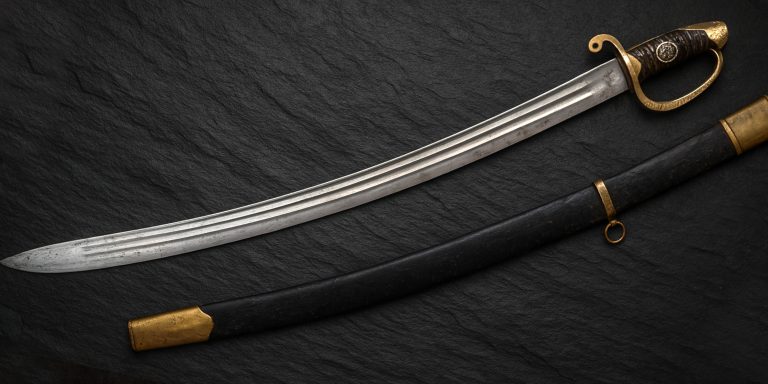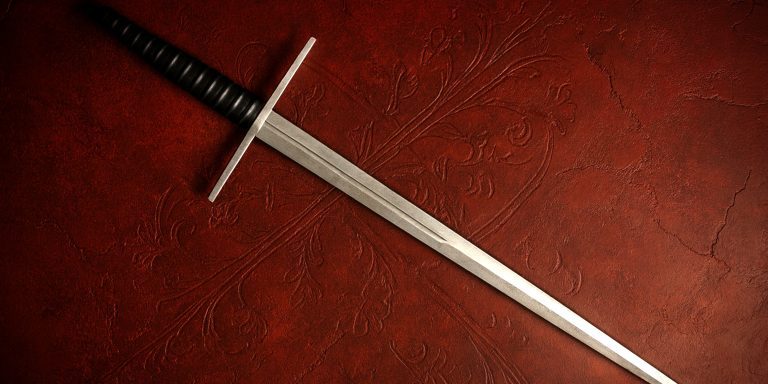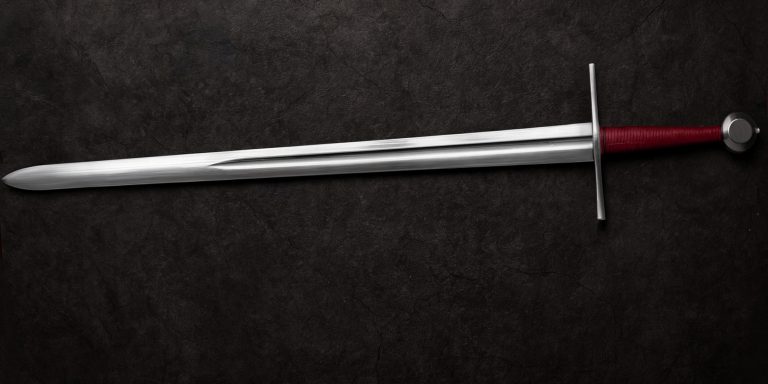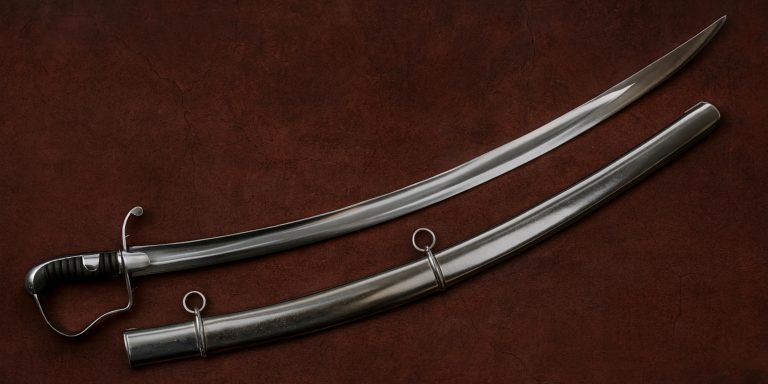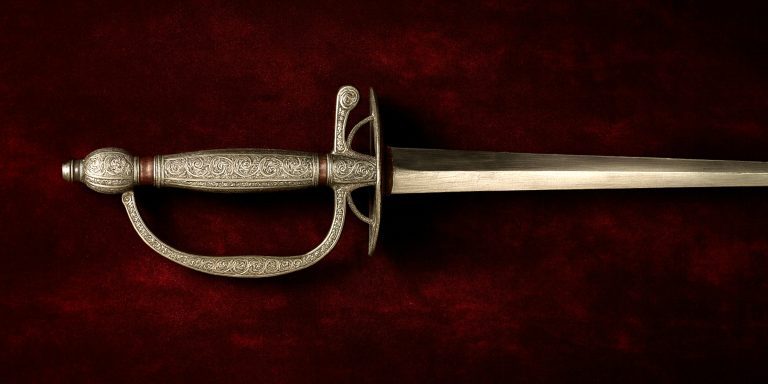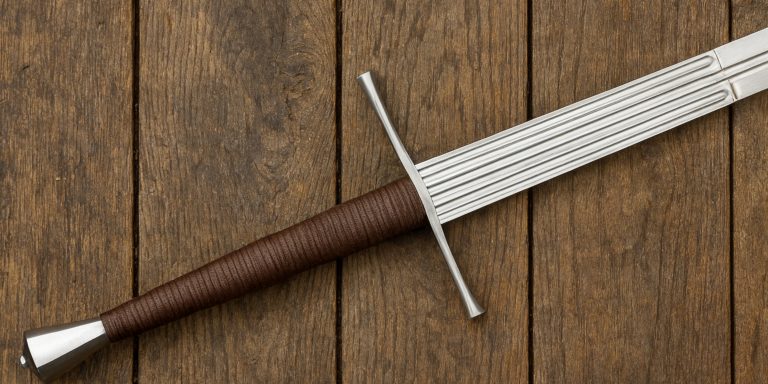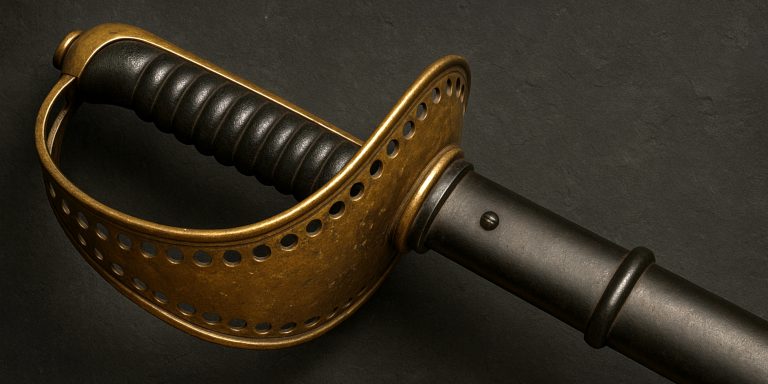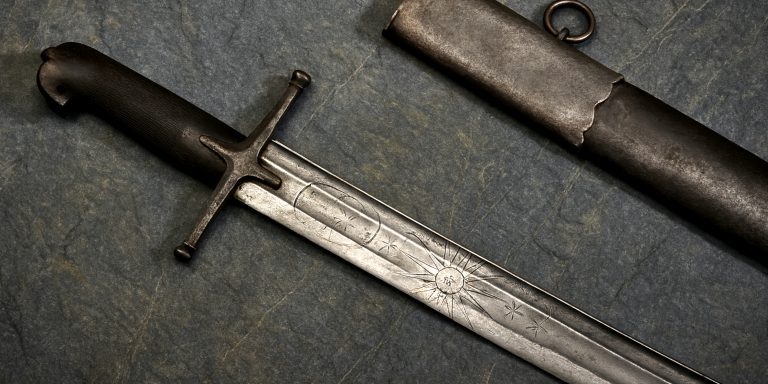The Russian Dragoon Sabre Model 1910 represents the final refinement of the long sabre tradition in the...
European Swords
European swords have a long and rich history, spanning thousands of years and evolving significantly over time. These weapons were crafted for various purposes, from combat to ceremonial use, and played crucial roles in shaping European societies. Below is an introduction to the evolution and types of swords commonly found in Europe.
The Oakeshott Type XVII sword is a late medieval weapon defined by its long, rigid, and sharply...
The Oakeshott Type XIII is a defining example of the high medieval knightly sword, emerging in the...
The espada ropera, often called the “dress sword,” emerged in 16th-century Spain as both a weapon and...
Few weapons evoke the Napoleonic Wars quite like the British Pattern 1796 Light Cavalry Sabre. Its curved...
The Neapolitan sword is a refined yet formidable weapon that emerged in the Kingdom of Naples during...
A Comprehensive Guide for Historians and Collectors The Oakeshott Type XX is one of the more complex...
The Swedish Model 1893 cavalry sabre (m/1893) marked the last era of European service swords. Designed for...
During the Napoleonic Wars (1803 to 1815), Europe was not only reshaped by cannon fire and massed...
The karabela is a Polish–Lithuanian sabre that became a defining weapon of the Commonwealth nobility during the...

